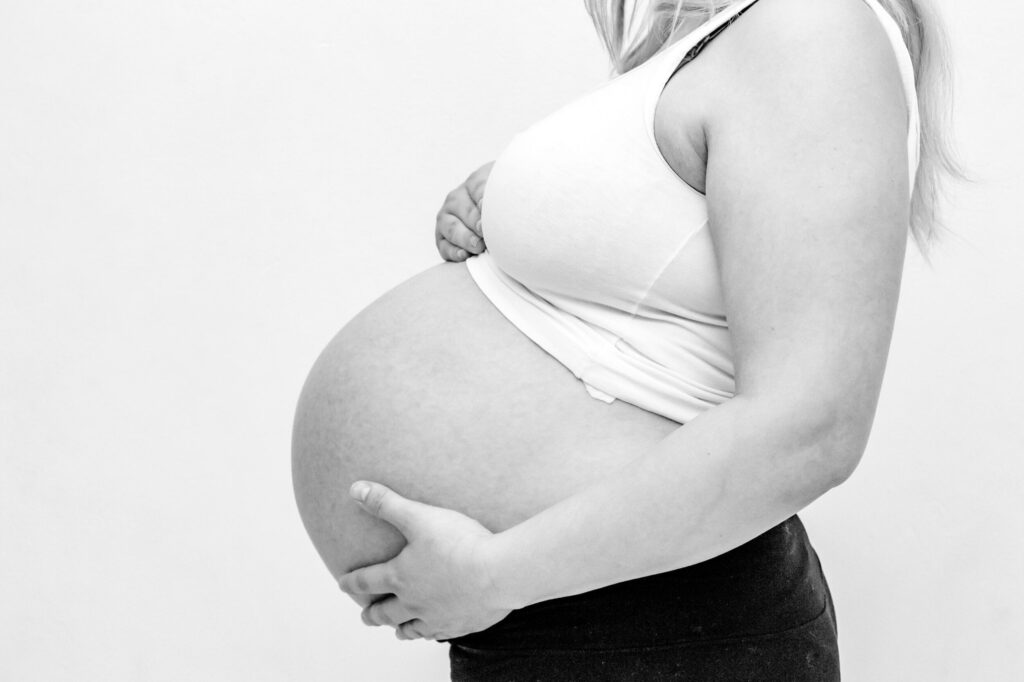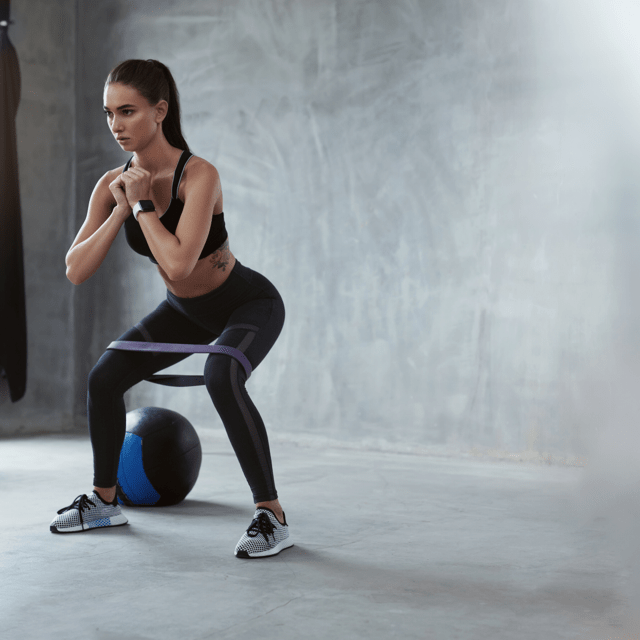As a postnatal physiotherapist one of the subjects I get asked about most by women is diastasis recti or abdominal muscle separation. Many postnatal personal trainers check for it and mums are aware of it because it can affect the appearance of the abdomen but there is more to it than just a gap.
A healthy, functional abdominal wall is necessary to provide stability for the low back and pelvis and to assist the pelvic floor, ensuring continence and support for the pelvic organs (bladder, bowl and uterus). The rectus abdominus (six pack) muscle is in 2 halves and joins in the middle via a strip of fascia (tissue) called the linea alba.
As your tummy grows during pregnancy, especially during the 3rd trimester the muscles and linea alba stretch resulting in a gap down the middle of your abdomen. This will happen to all women. Usually this gap resolves by itself during the first 8 weeks after your baby is born, however around 1 in 3 women will have a gap that takes longer to resolve and some of these may experience a compromise in abdominal and pelvic floor function. Not having correctly functioning abdominals can put you at risk of low back pain, pelvic pain, incontinence and even pelvic organ prolapse. The tummy can appear wobblier and protrude more than normal. We do not definitively know why some women are affected and others not, but we do know how to manage and restore function to the abdominals.
It is not just about how wide the gap is. The width of the gap should be recorded but what is most important is whether there is tension able to be generated in the core muscles in the layer beneath. If the core muscles can produce some tension, this gives the abdominal muscles a chance of being able to stabilise and the gap to be able to be improved with exercise or physiotherapy management. If the core muscles are not producing enough tension, when you lie on your back and lift your head, you may see the abdominal muscles stick up in a dome shape rather than flatten. This is an indication that there needs to be some work done on the synergy between the core and abdominal muscles.
Rehabilitation needs to be tailored to the individual as there are lots of different factors that may be at play. A women’s health physiotherapist will assess your posture, checking whether there is any stiffness or restriction in your back, hips, pelvis and maybe even down to your feet. Any imbalance may affect how the abdominal muscles are able to work.
It is incredibly important to breathe correctly. Not just using the top of your lungs (which can also mean you carry tension in your shoulders), but from the base of the ribs, expanding in all directions. This ensures the diaphragm, which assists the pelvic floor and core muscles in providing stability is also working optimally.
Having a diastasis does not mean you cannot exercise or ever do a sit up. However, it is important that you take care to ensure your core and pelvic floor muscles are working well to support the abdominals whilst you exercise as well as during everyday activities like lifting your baby and loading the washing machine to prevent further problems.
If you are concerned book an appointment to see a women’s health physiotherapist or book a Mummy MOT.




